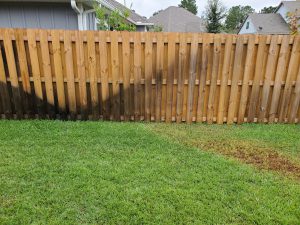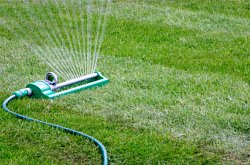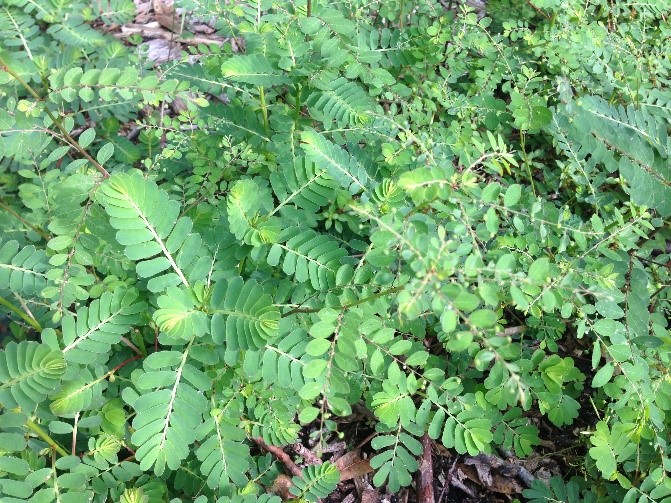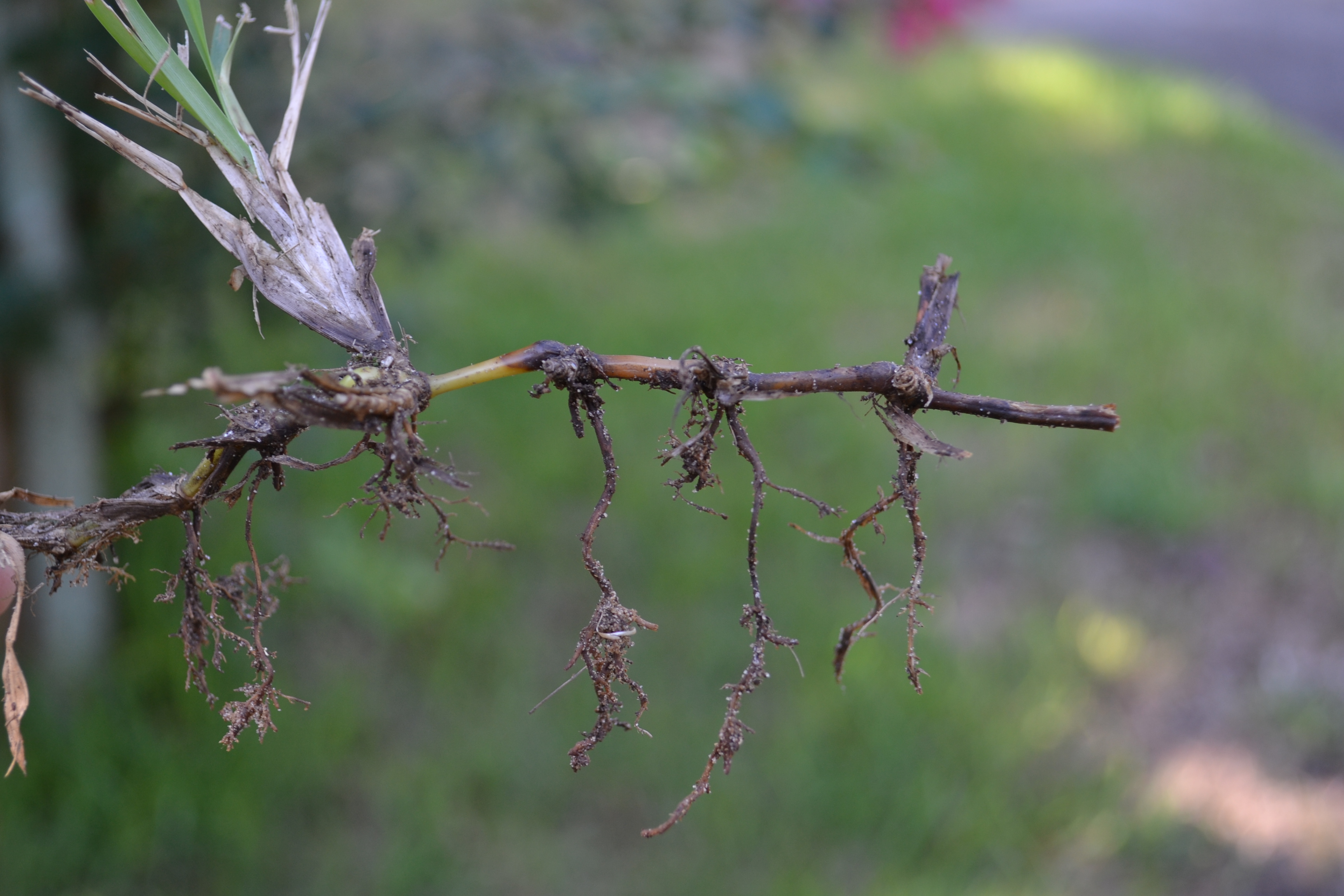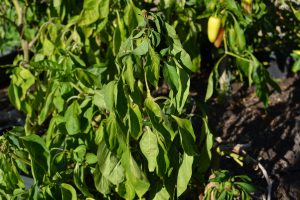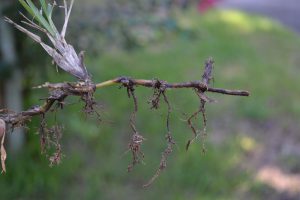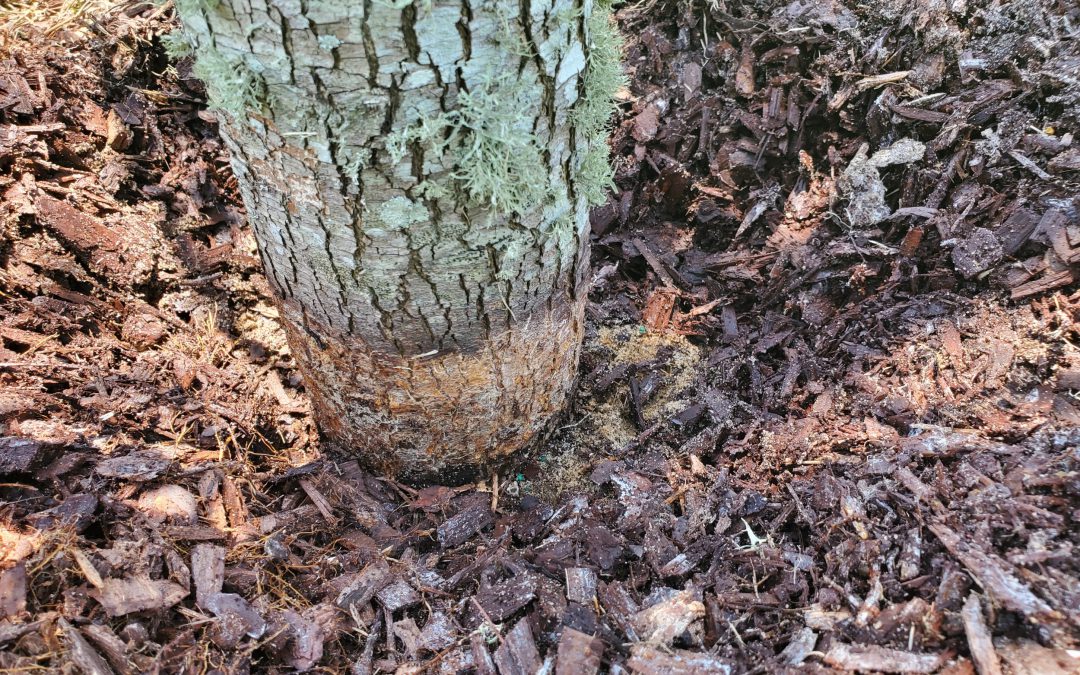
Winter Watering Concerns
Plants need water. This isn’t an outrageous insight, but the details behind this statement can be more complicated than it might seem. While it is true that plants, like all living things, need water to survive, they don’t all need the same amount and they may need more or less at different times. For a healthy landscape, garden, container planting, or lawn, it’s important to pay attention to the little quirks of watering that may not be immediately obvious.
During the wintertime, temperatures are lower and days are shorter. Less heat and sunlight means water will evaporate much more slowly and the soil will stay wetter. With less heat and sunlight, plants grow at a much slower rate (if at all). This means that irrigation systems set for summertime watering are probably going to keep conditions too damp for many plants during the winter. For example, a St. Augustinegrass lawn might only be able to survive 1 to 5 days without irrigation or rain in the summer, but the same lawn can last 8 to 28 days between waterings in the winter. Consider adjusting your irrigation system or watering schedule to account for seasonal differences. Remember also that a practiced eye can tell when a lawn needs water – folding or curled blades of grass, a dulling of color from bright green to bluish-gray, and footprints that remain in turf rather than springing back are signs of drought stress. Before these signs show up, it may not be necessary or beneficial to water.
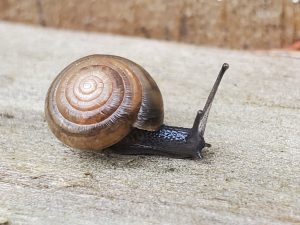
Snails love moisture, and an abundance of them may be a sign of too much irrigation.
If plants are overwatered, they often show different signs of distress. Lawns may have more issues with fungal diseases or become patchy, which can let weeds begin to take over. Ornamental plants such as shrubs and trees might show signs of nutrient deficiency or begin to drop leaves, appearing sparse and unhealthy. You may notice an increase in moisture-loving pests as well, such as slugs or snails. Check for watering issues if you notice any of these symptoms.
Cooler weather can be a good time to get outside and do regular maintenance on irrigation systems and plantings. Replace or unclog malfunctioning nozzles, patch
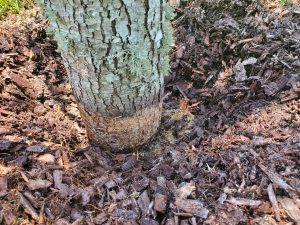
Moisture held against the base of a tree by mulch can eventually damage the plant.
holes in water lines, and adjust irrigation heads that may no longer be pointed in the right direction. Prune back plants that have grown into irrigation sprinkler patterns and may disrupt even watering. Put in new or replacement plants and make any adjustments needed to their irrigation. Lastly, add mulch around plants. This can help retain soil moisture, even out changes in soil temperature, suppress weed growth, and add organic matter to the soil as mulch breaks down. Avoid piling mulch against the base of plants, however, or it will hold moisture against the plant and can promote the growth of molds and other fungi.
For more information on watering, there is a wealth of knowledge online. The Florida Friendly Landscaping program has a lot to read on the topic: https://ffl.ifas.ufl.edu/handbook/Water_Efficiently_vSept09.pdf
The University of Florida EDIS publications cover many watering topics as well: https://edis.ifas.ufl.edu/topic_landscape_irrigation
And, as always, contact your local extension office for help as well!

